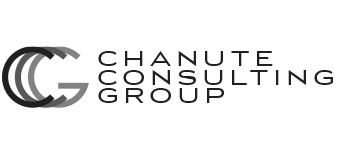With innovation, how much measurement is enough? The Heisenberg uncertainty principle applied to innovation & measurement
A good article was posted on the Board of Innovation forum, titled: “It’s Time to Count”
http://growthsci.com/blog/time-to-count/?goback=%2Egde_1807116_member_120607789
The article discussed the need for innovators to do a better job of keeping “count” of how they are doing. This is a worthy challenge, but it isn’t without it’s pitfalls. My response is attached below and I encourage you to also read the original article.
——————————
Having been in the position of leading innovation and being accountable for overall business results (P&L), the most critical measurements are growth in income and sales driven by your innovation efforts.
There are a lot of other things that can be measured when it comes to innovation, and the measurement of those tends to be most critical when you are trying to effect a change in culture or process in your organization. For example, if your group is too internally focused, then start tracking metrics around driving revenue off of external partnerships (and reward that behavior). If there aren’t enough ideas flowing in, then track the flow of ideas. If there aren’t enough ideas outside your core market, then track new ideas in new market segments, etc…
However it can be dangerous to go down the path of trying to measure everything regarding innovation with the goal of somehow fine tuning and optimizing every aspect. Innovation does not work like Operations where repeatability and efficiency are king. If your desire to measure stifles one great home run idea, then the net result of the measurement efforts is negative.
With Innovation Strategy, you are working to maximize the odds that great ideas form within your company or in its external network, and that they make it to market successfully so you can profit from it. This means channeling the efforts of highly creative people and keeping them very motivated to solve problems that have value to your customers before your competition gets there.
These highly creative people typically aren’t motivated by tracking two dozen metrics on every aspect of their innovation process, but they can definitely be motivated to “win” in the context of your competition and increasing profits/sales/market share. There are people who love tracking lots and lots of metrics, and they are vital to have, but in your operations group (or put some of them off to the side monitoring innovation so that you can monitor trends, but keep them invisible to the actual innovators so they aren’t in the way).
I’ll inappropriately invoke the Heisenberg Uncertainty Principle here. In many cases, you can have an outstanding innovation program or you can measure everything about it, but you can’t have both. Measure the things that need changing so you can track your progress. Measure the sales and income you are driving (since that is the only real score that counts). Motivate your people to win and incentivize them to do so. However, measure only what you need to, so that the measurement doesn’t become an end in itself that stifles creativity.
When you are comfortable that you are “counting” what is important, and that the benefits of the “counting” are still larger than the cost of the ideas you have lost because your innovators are spending time on counting, then you have hit the right balance. Having no measurement at all is a bad thing, having an excessive level of measurement in an Innovation culture can also be a bad thing.
Good question to pose to the forum.
Eric Bartsch
@ChanuteGroup

